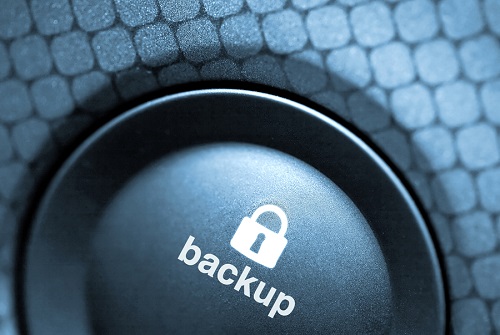Pledge to carefully implement and regularly test a comprehensive backup solution that will protect all your important data and allow for easy data recovery.
If you lost all the data your business created today, how would it impact your bottom line? What if you lost all your data from the last week, or even the last month? Without a well-functioning backup strategy, your business could soon learn firsthand the catastrophic impact of data loss, not only to revenue but to customer satisfaction and critical business processes.
To avoid just such a scenario, an independent initiative launched World Backup Day in 2011 to raise awareness about backups and data preservation. Join the celebration this March 31. Better yet, make every day a backup day for your business.
Top Reasons for Business Data Loss
- Hardware failures – Too many businesses underestimate this. Hardware failure is the leading cause of data loss.
- Human error – While avoidable with proper management, human error still accounts for a significant percentage of data loss, particularly in small and medium businesses.
- Malware – 2016 saw a 3500% increase in malicious infrastructure attacks, with the trend continuing upward for 2017 (according to a recent CRN Quarterly Ransomware report).
- Cyber-attacks – 43% of cyber-attacks in 2015 targeted small businesses (up from just 18% in 2011, according to Symantec’s 2016 Internet Security Threat report).
- Natural disasters – 93% of companies that lost their data center for 10 days or more due to a disaster filed for bankruptcy within one year of the disaster (National Archives & Records Administration in Washington).
Creating an effective backup strategy
While timing of backups is important, many businesses have discovered the hard way that how and where you back up your data are equally important. Ransomware attackers, for instance, have begun to focus efforts on compromising backup applications, necessitating careful planning.
The best backup and recovery plans involve a multi-prong approach. Elements of that approach can include:
 What and when – Determine what data is essential to your business and customers and how frequently to perform a backup.
What and when – Determine what data is essential to your business and customers and how frequently to perform a backup.- Local backup – Backed up files are stored on-site on a second internal drive, an external hard drive, network attached storage (NAS) or CD/DVD-ROM.
- Cloud services – Storing a backup off-site is crucial. Microsoft’s Azure Back-up recently released a new set of features to further secure critical business data.
- Testing – Because post-disaster is hardly the time to discover that your backup failed…
Business Continuity Services from eMazzanti
Planning the timing, method and storage of backups can prove a complicated task. eMazzanti provides comprehensive business continuity planning services that include enhanced backup, storage and recovery options among other innovative solutions.
As a key component of their Business Continuity Suite, in 2015 eMazzanti teamed up with Microsoft to provide an affordable Disaster Recovery as a Service (DRaaS) solution that incorporates Microsoft’s Azure Site Recovery (ASR).
Using both ASR and the eMazzanti data center as a disaster recovery site, the solution automates the replication and recovery process and erases the need for businesses to secure an out-of-state disaster recovery location.
 “For our existing Hyper-V customers, we can quickly replicate their core business applications to another location so that their business is always protected,” explains Almi Dumi, Project Lead.
“For our existing Hyper-V customers, we can quickly replicate their core business applications to another location so that their business is always protected,” explains Almi Dumi, Project Lead.
Businesses subscribe on a per-server, per-month basis, meaning that even the smallest organizations can afford a comprehensive disaster recovery solution.
Take the Pledge
The World Backup Day website encourages consumers to take the pledge to “back up important documents and precious memories on March 31st.” For businesses, go a step further. Pledge to carefully implement and regularly test a comprehensive backup solution that will protect all of your important data and allow for easy data recovery.







